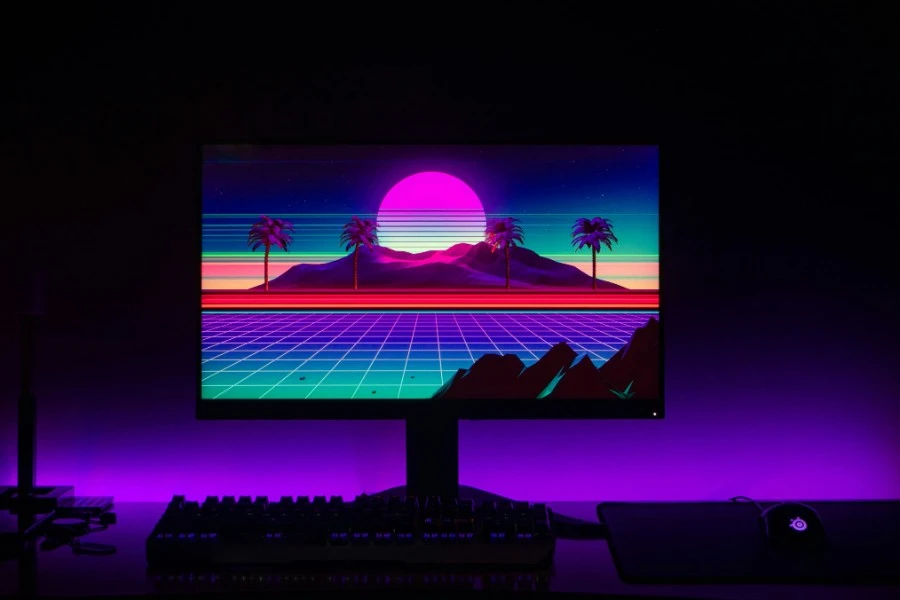
As the developer behind FastConverter, I've spent countless hours wrestling with image formats. I've seen firsthand how choosing the wrong one leads to slow, frustrating experiences for users, with blurry images and sluggish load times that kill SEO rankings. Choosing the right one, however, makes a site feel fast, professional, and sharp on every device.
In this guide, I'm not just going to list the options. I’m going to walk you through my personal decision-making framework. This is the exact process I use to ensure every image is perfectly optimized, so you can choose the right format for any situation, every single time.
First, let's meet the main players. Each format is designed for a specific job, and understanding their purpose is the key to using them effectively.
Don't have time for the details? Answer these questions to find your best format instantly.
For a more detailed look, this table breaks down the key features of each format. For a deeper dive, see this excellent guide from Google's web.dev.
| Feature | JPG | PNG | SVG | WebP | AVIF |
|---|---|---|---|---|---|
| Image Type | Raster (Pixels) | Raster (Pixels) | Vector (Code) | Raster (Pixels) | Raster (Pixels) |
| Best For | Photographs | Graphics, Screenshots | Logos, Icons | Web (Photos & Graphics) | Web (Max Performance) |
| Compression | Lossy | Lossless | Lossless | Lossy & Lossless | Lossy & Lossless |
| Transparency | No | Yes | Yes | Yes | Yes |
| File Size | Good | Large | Tiny (for simple graphics) | Excellent | Outstanding |
Theory is one thing, but a practical workflow is what ensures consistent results. Here’s the exact process I follow when handling images for FastConverter or any other web project, designed to balance quality, compatibility, and performance.
Let's look at a real-world photo. A high-resolution photo from a camera might start as a 5 MB JPG. After editing, the master file might be a 1.2 MB high-quality JPG. For the web, that's still too large. Here's how it breaks down after conversion:
By converting to AVIF or WebP, we dramatically reduce the page load time without a noticeable loss in quality, creating a better user experience and improving SEO.
You might have also seen .HEIC files, especially from an iPhone. HEIC is a modern format that's very efficient, but it's not widely supported on the web or on non-Apple devices. For this reason, it's almost always necessary to convert HEIC files to JPG, PNG, or WebP before using them. Our HEIC to JPG and HEIC to PNG tools make this simple.
So, what's the bottom line? Choosing the right image format doesn't have to be complicated. My entire approach boils down to one question: "Is it a photo or a graphic?" From there, it's about picking the right tool for the job. For web performance, I've found that modern formats like WebP and AVIF are game-changers, offering huge file size savings without sacrificing quality.
By adopting this simple workflow, you can stop guessing and start delivering images that are perfectly optimized every time. It's the most reliable way I know to keep your projects looking sharp and running fast.